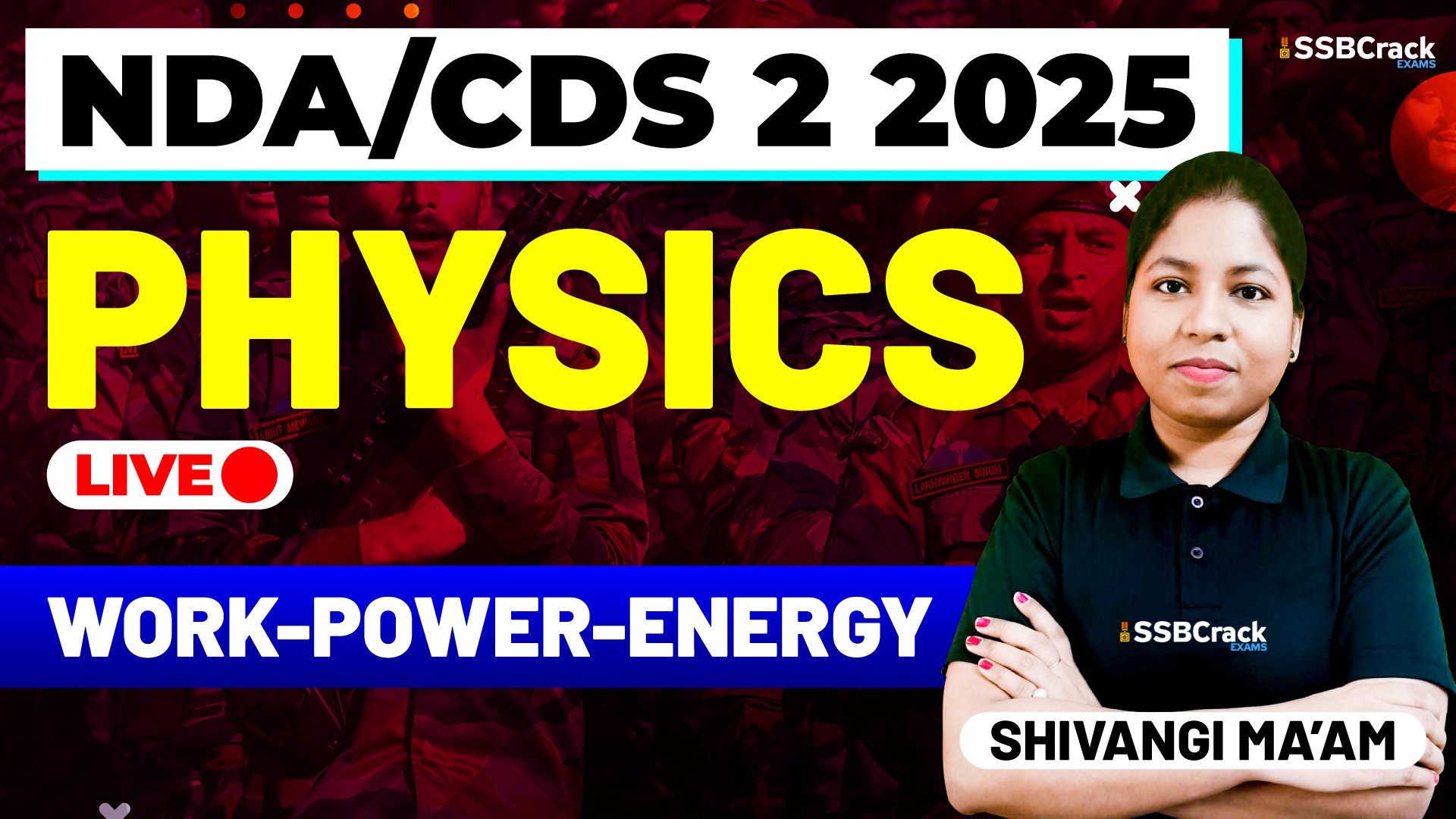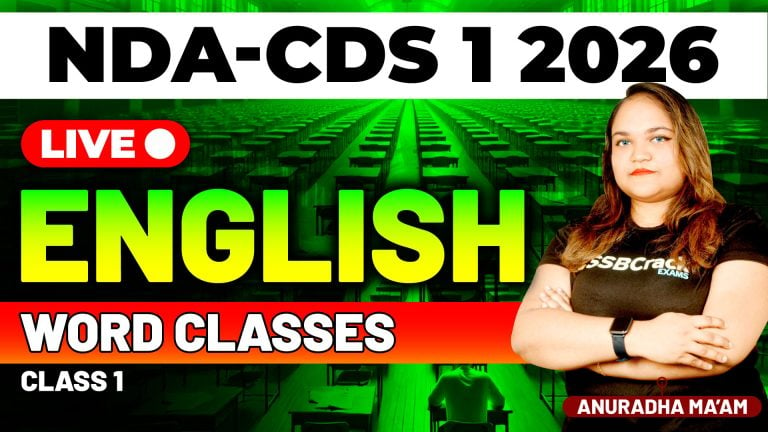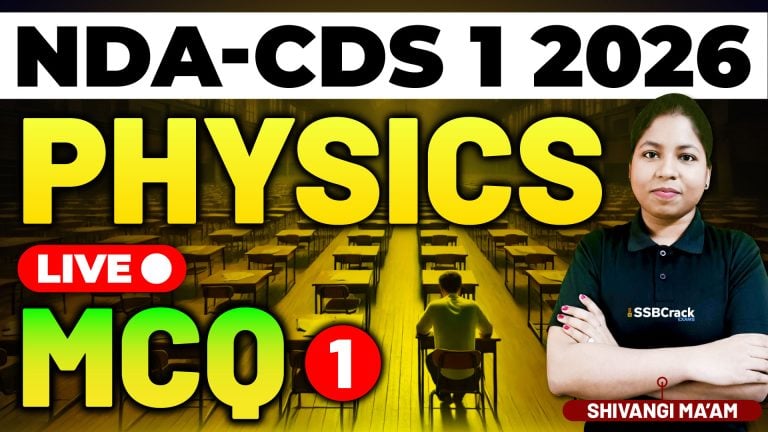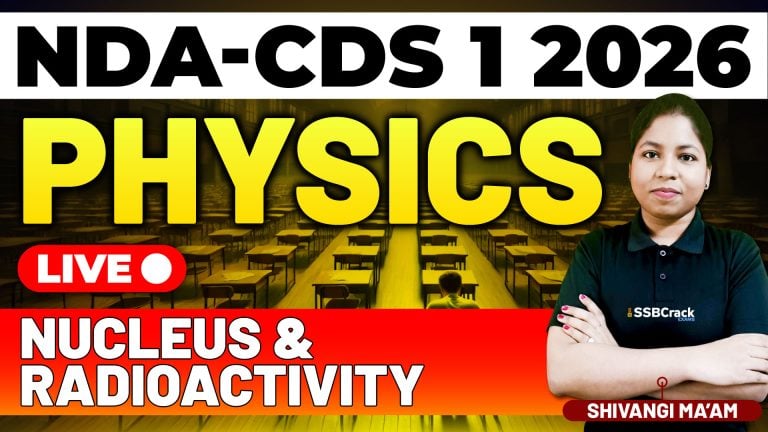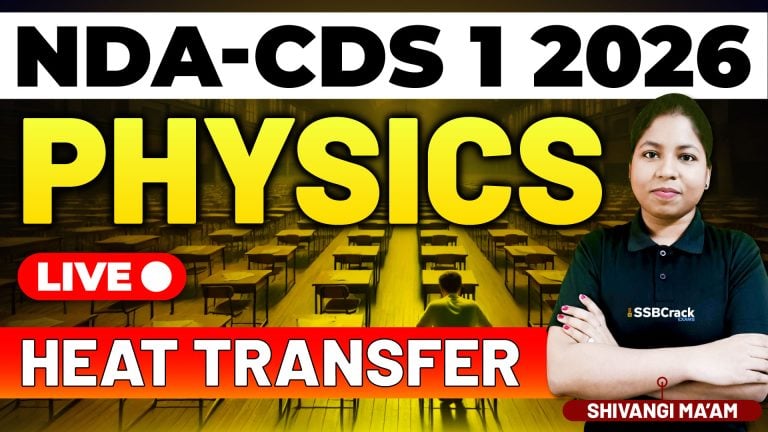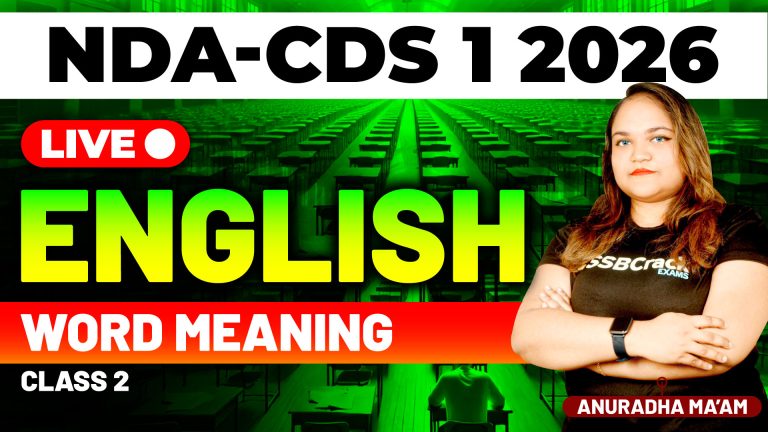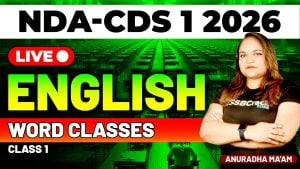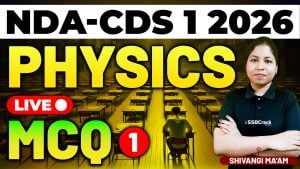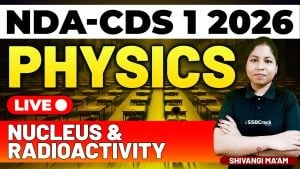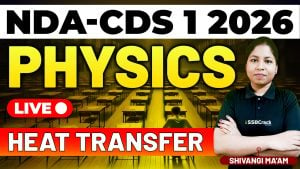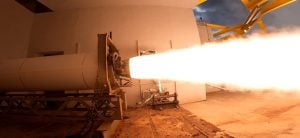Introduction
As aspirants gear up for the NDA and CDS 2025 examinations, mastering fundamental physics concepts becomes crucial—not only for the written tests but also for building a solid scientific foundation. In today’s class, we focused on the essential chapter of Work, Power, and Energy, which plays a pivotal role in mechanics. Additionally, we touched upon the important concept of Collisions, rounding off the session with a complete understanding of how energy and motion interact in physical systems.
Core Concepts Discussed
- Work
We began with the basic definition of work in physics, distinguishing it from the everyday meaning. Students learned that: Work (W)=F⃗⋅d⃗=Fdcosθ where F is the applied force, d is the displacement, and θ is the angle between the force and displacement vectors.
Types of work such as positive, negative, and zero work were also illustrated with real-life examples. - Power
The concept of power was introduced as the rate at which work is done. We derived the formula: Power (P)=W/ t and explained its SI unit, the watt (W). Instantaneous and average power were also discussed, with numerical examples to reinforce understanding. - Energy – Kinetic and Potential
A significant portion of the session was dedicated to energy, particularly:- Kinetic Energy (KE): Energy due to motion, given by KE=1/2mv2 Potential Energy (PE): Energy stored due to position, given by PE=mghPE = mghPE=mgh
- Work-Energy Theorem
We connected work and energy using the work-energy theorem: W=ΔKE. This helped students understand the physical significance of work beyond just its mathematical definition. - Collision
Finally, we introduced the concept of collisions, which are essential in understanding interactions between bodies. Key topics included:- Elastic and Inelastic Collisions
- Conservation of Linear Momentum
- Conditions for perfectly elastic collision
- How kinetic energy behaves differently in elastic vs. inelastic collisions
Conclusion
Today’s session served as a comprehensive exploration of how forces produce motion and how energy is transferred or transformed in various physical scenarios. Concepts such as work, power, kinetic and potential energy, and types of collisions not only lay the groundwork for mastering mechanics but are also frequently tested in NDA and CDS exams. With conceptual clarity and consistent practice, students can approach these topics with confidence and precision.
As we continue this journey towards success in NDA & CDS 2025, staying rooted in core fundamentals like these will prove invaluable. Keep revising, practicing numericals, and connecting physics to everyday phenomena!
